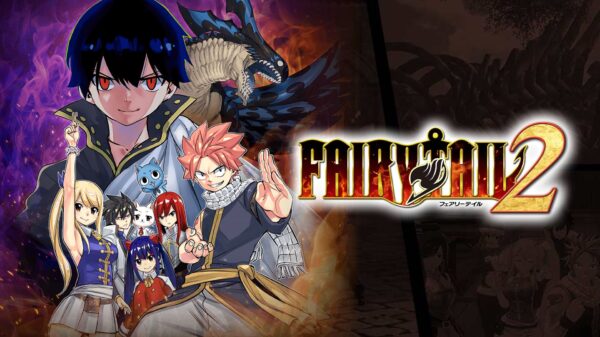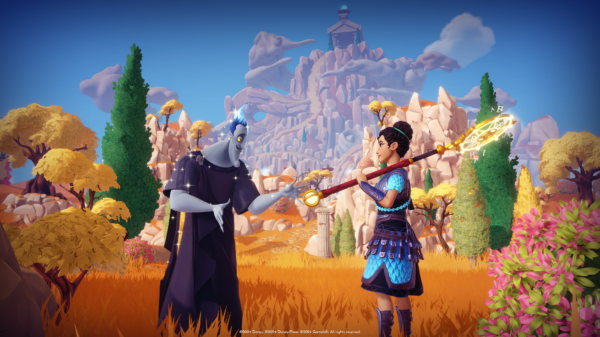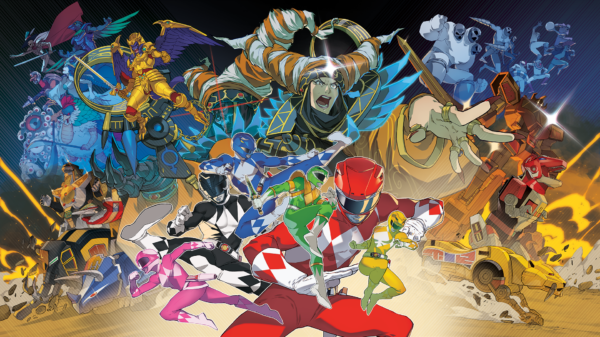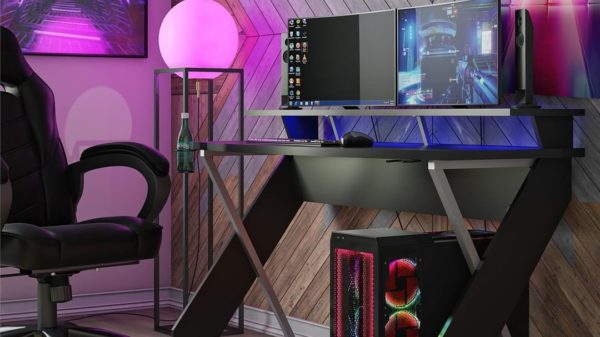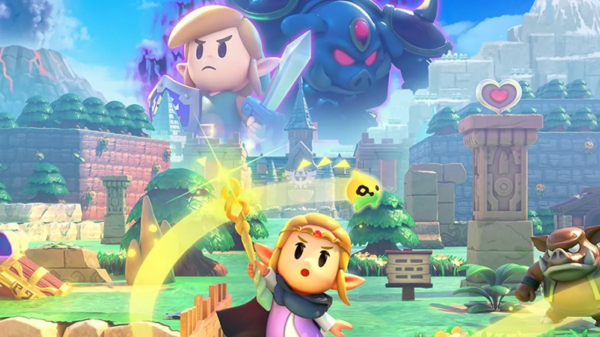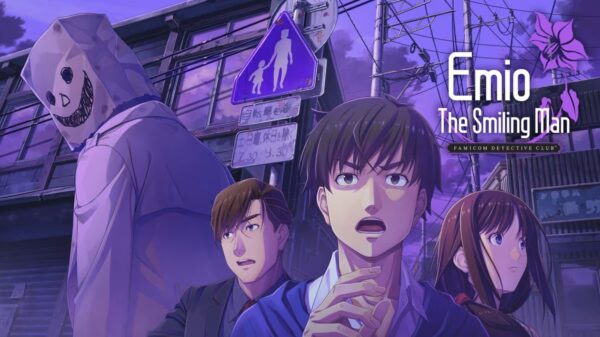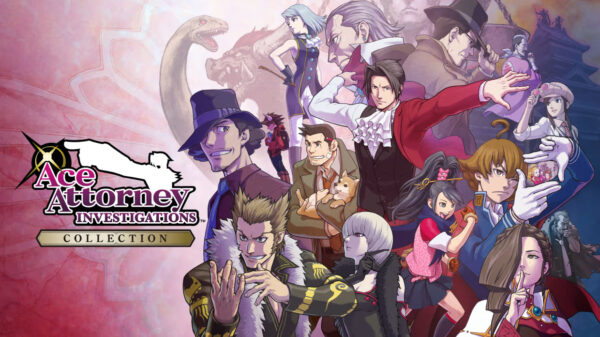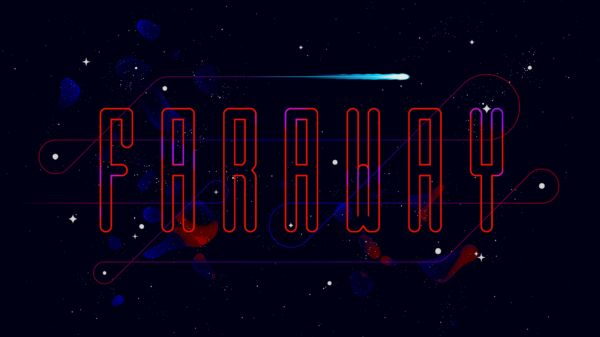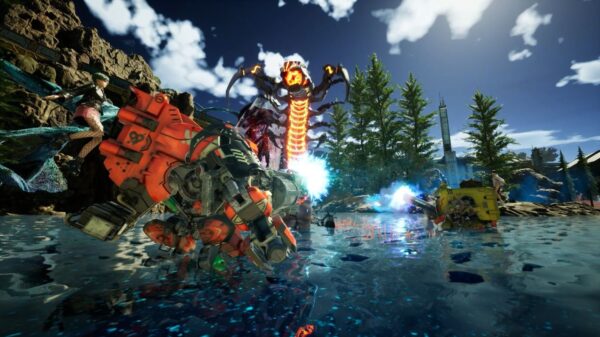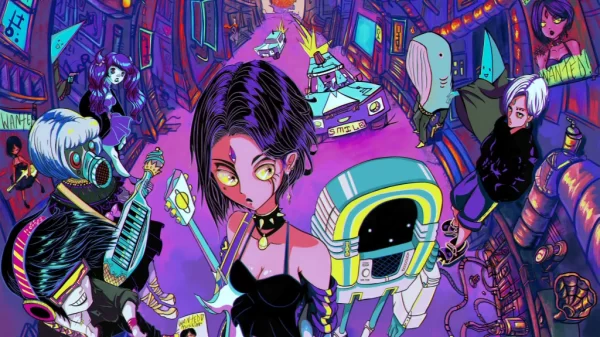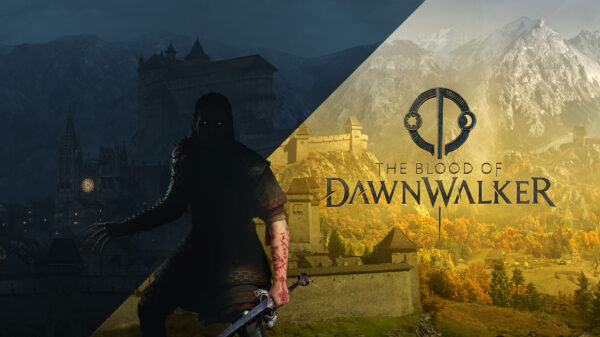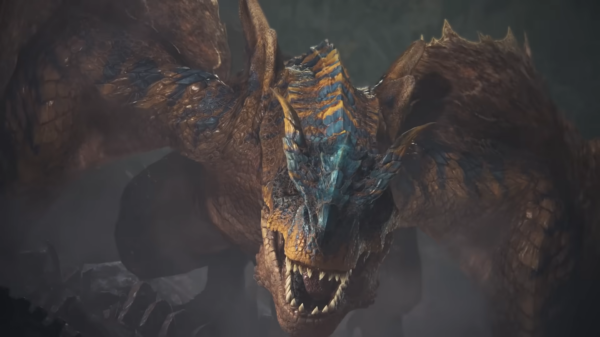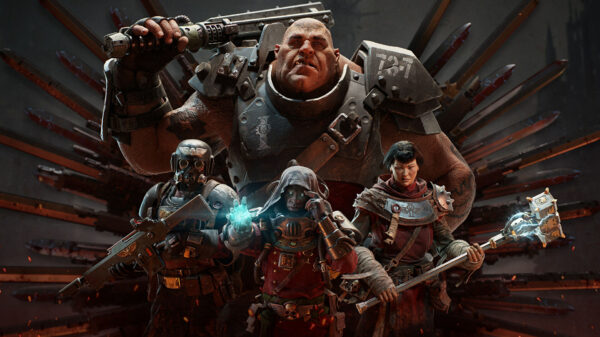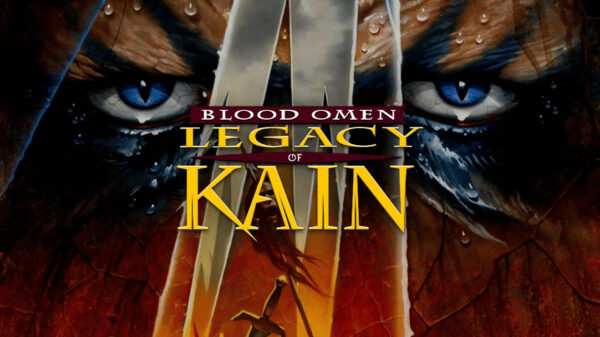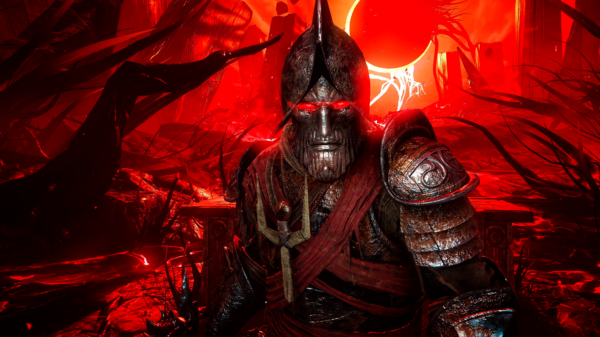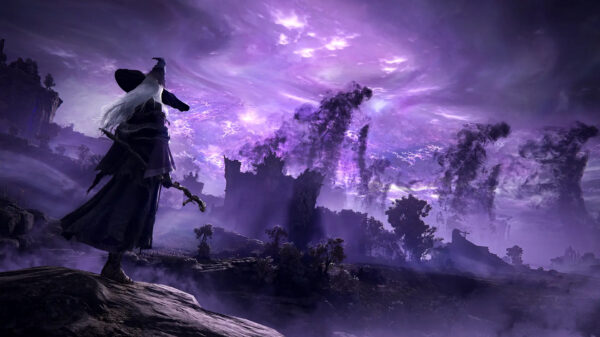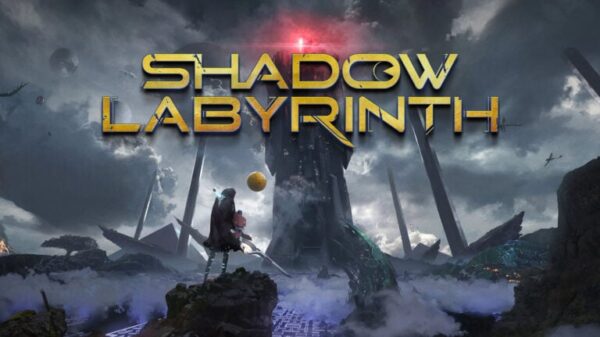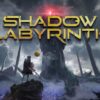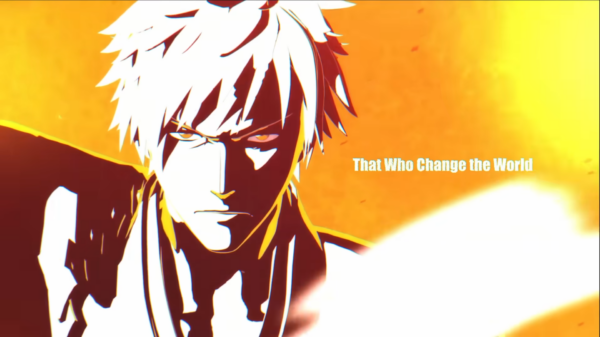There are some novel ideas present in Naruto to Boruto: Shinobi Striker. Unfortunately, these ideas are either clumsily executed or too surrounded by unpolished design issues to truly shine.
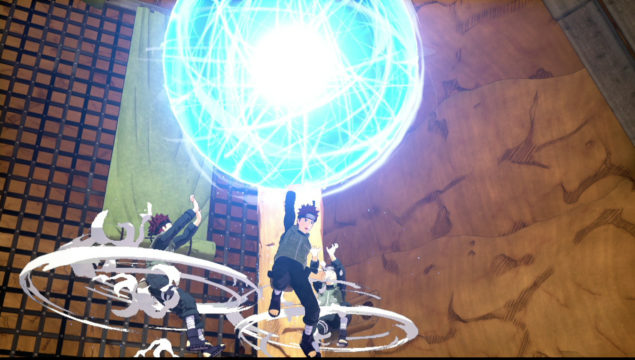
Naruto to Boruto: Shinobi Striker
Developer: Bandai Namco, Cyberconnect
Price: $59.99
Platforms: PS4, Xbox One, and PC
MonsterVine was provided with a PS4 copy for review.
The world of Naruto is ripe for an immersive Xenoverse-like action game. With so many different villages, jutsus, factions, and backstory, the Naruto franchise could easily have a game that lets you make your own Naruto character who studies under famous characters. While Shinobi Striker lets you do all these things, the actual game that lies beyond character customization is far too clunky and unpolished to really enjoy.
You start Shinobi Striker by making your own ninja avatar. You pick a home village (I chose Mist because they’re cool as hell), customize your appearance, and next thing you know, you’re in Konohagakure. Your character is participating in a tournament-like competition, which is an admittedly neat way to implement online team battles into the story. Using the Leaf Village’s new VR technology, you pick a famous character as a mentor, and set off to complete virtual missions. It’s worth noting that Shinobi Striker takes place in the era of Boruto, so the sudden presence of VR tech isn’t as weird as it may sound.
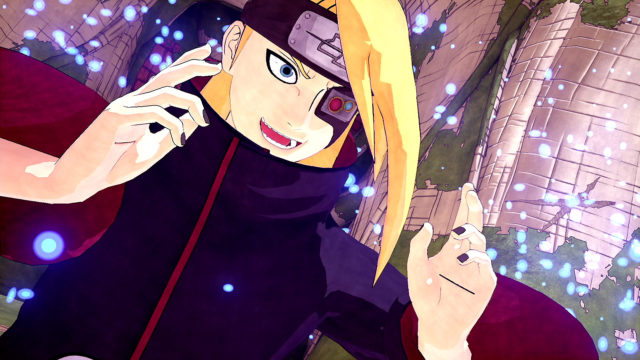
That’s about the extent of the story. Though you slowly obtain more missions from notable Naruto characters, this isn’t like Dragon Ball Xenoverse. You aren’t really involved in the world of Naruto in any meaningful way, as you’re just a random ninja whose sole life goal is to repeatedly do VR missions and battles against others. It’s a bit disappointing, as there’s an almost endless amount of potential storylines to explore in Naruto.
Missions and Battles are pretty one-note unfortunately. Some missions are based on big moments from Naruto, like Squad 7’s bell-snatching test or the Sand Village’s attack on Konohagakure. These are the stand-out missions, as the rest of them are repetitive takes on basic tasks. You’ll defend a lot of gates from White Zetsus and monsters, and you’ll fight a lot of Mist and Sand ninja throughout the same few maps. Missions that let you battle fearsome Jinchuriki like the Shukaku or huge monsters like Manda can be pretty fun, but they’re far too scarce to carry the game.
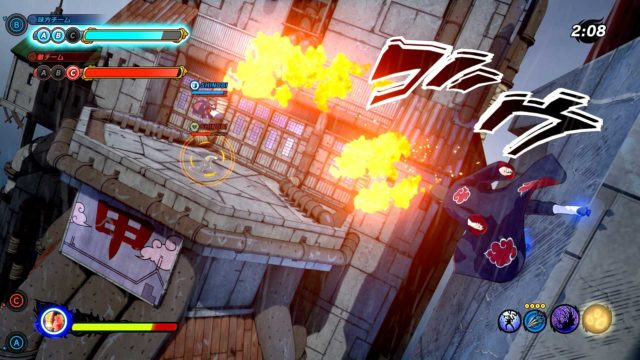
Battles don’t fare much better, especially since it already takes too long to get into a match. While playing with MonsterVine Editor-in-Chief William Saw, we waited nearly ten minutes to fill a quick-play lobby with eight players. We ended up bailing and just doing missions together instead, as we got into a total of two battles in half an hour. Even when playing on my own, I’d be waiting for just as long to start a basic eight player match, which isn’t a good sign when Shinobi Striker has been out for barely two weeks.
“I can’t understand why Shinobi Striker doesn’t embrace the fast and fun action that pretty much every Naruto fighting game pulls off, especially when mobility is far more important to this type of game than a fighter.”
Online battles primarily have you playing “capture the flag” against another squad of four players. I really like this concept, as mobility is a huge part of Naruto. Running on walls, teleporting, and doing the goofy Naruto run are all big parts of the series, so racing and battling against enemies to steal their flag is a great idea for a Naruto game. While there’s some fun to be had from just running around in battle, it’s dampened by how weirdly slow everything is in Shinobi Striker. You don’t run fast or jump far, and only the chakra jump (when charged up) makes you feel like any semblance of a ninja. Outside of that, you’re just slowly jogging and grappling to walls throughout a huge map to steal the enemy’s flag. I can’t understand why Shinobi Striker doesn’t embrace the fast and fun action that pretty much every Naruto fighting game pulls off, especially when mobility is far more important to this type of game than a fighter.
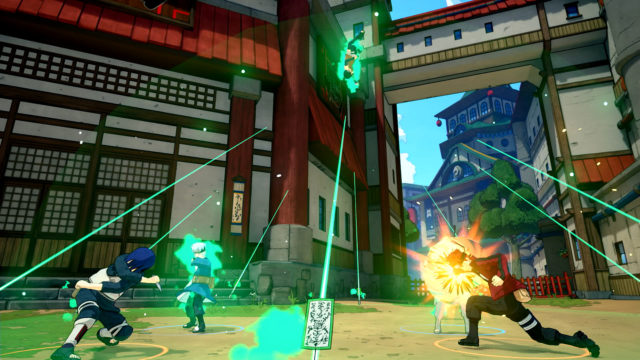
My experience with fighting other players showed me that Shinobi Striker isn’t very balanced. Most players just used Choji’s Human Bullet Tank jutsu, as it covers a lot of group, plows through groups, and is seemingly invincible. Attacks like the chidori and rasengan are a bit more viable, but you can forget about pretty much any of the summoning jutsus. You’ll pretty much always fall back on projectiles and broken special attacks, which is quite a shame. There are a lot of interesting and varied attacks in Naruto, and I wish more of them were worth using online.
You’ll be doing battles and missions repeatedly though, in order to earn EXP and Mentor Points. These values level up your character and your relationship with your VR mentor, though “relationship” may be a strong word. There’s no Xenoverse-esque dialogue between you and your teacher, so don’t expect any fun fanservice moments between you and Kakashi. The main appeal of mentorship is the acquisition of special attacks as you level up, but even this isn’t as rewarding as it should be.
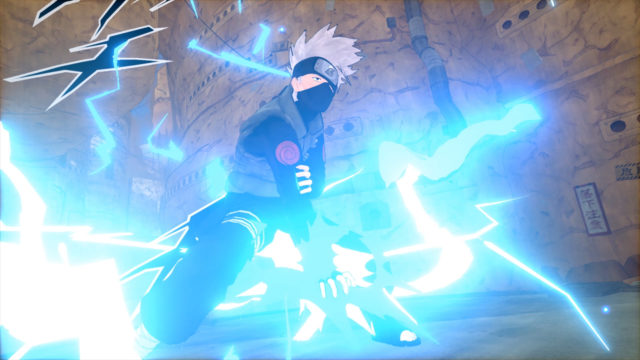
See, you pick between four classes in Shinobi Striker (though you can switch between them at any time). Your character can focus on fighting, ranged combat, defense, or aid, with each class having their own movesets and items. This isn’t a bad idea in and of itself, rather it’s the execution of this idea that kills its potential for fun. Special jutsus that you learn from mentors can only be used by specific classes. This means that a ranged fighter (like me) can’t use Kakashi’s Lightning Blade, even though that’s the universal reward for clearing the first tier of Kakashi’s mentorship. That leaves the question: why would I learn different mentor moves if I can’t use ¾’s of them? It’s a clunky oversight that has no in-game logic or reasoning, making it nothing more than a glaring flaw that stunts your character’s custom fighting style.
“At times, it feels like Shinobi Striker is actively trying to stop you from having fun by pointlessly complicating every aspect of gameplay.”
The amount of visual customization in Shinobi Striker is admirable, but it’s needlessly difficult to obtain cool costumes. Doing missions gives you various ranked scrolls, which can be appraised to unlock costume parts. There are very few cosmetics to be bought with the money you earn in missions, making the majority of costume parts only accessible (at random) through doing missions over and over. Even if you get the costume part you want, it may be locked to a certain color, as you have to unlock different colors for each piece. It’s frustratingly hard to get clothes that you actually want, especially when scrolls have a chance of randomly giving you a small amount of money instead of clothes. At times, it feels like Shinobi Striker is actively trying to stop you from having fun by pointlessly complicating every aspect of gameplay.
I will say that Shinobi Striker certainly looks and sounds like Naruto, as it adapts Masashi Kishimoto’s distinct visual style perfectly. The music and sound effects feel straight out of the anime as well, and the inclusion of both English and Japanese voices is a nice addition.
 The Final Word
The Final Word
Naruto to Boruto: Shinobi Striker could have been something great, but its lack of polish and overabundance of unnecessarily complicated gameplay mechanics keeps the game from being anything more than a mediocre licensed game. I hope we get a better Naruto game that expands on the ideas of Shinobi Striker, because there’s a lot of wasted potential just waiting to be used.
MonsterVine Rating: 2.5 out of 5 – Mediocre


